The pristine Winchcombe meteorite suggests that Earth’s water came from asteroids?
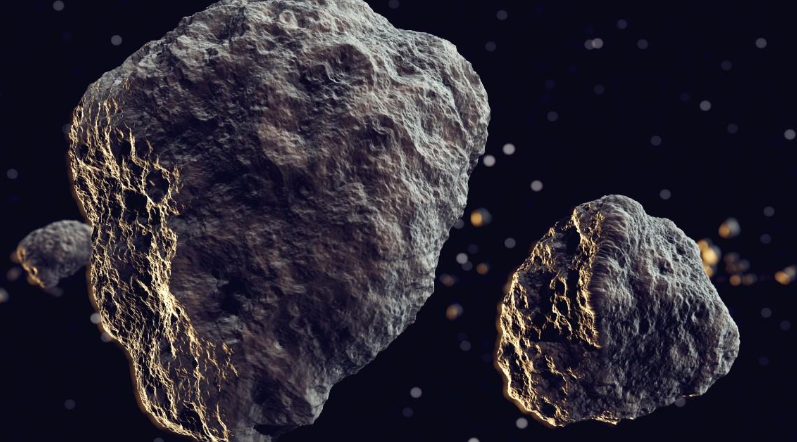
Late in the evening of February 28, 2021, a dark, coal-like space rock the size of a football fell through the sky over northern England. The rock flashed in a dazzling eight-second-long beam of light, broke into fragments, and headed toward Earth. The largest piece broke in Rob and Cathryn Wilcock’s driveway in the small, historic town of Winchcombe.
An analysis of those fragments now shows that the meteorite came from the outer solar system and contains water that is chemically similar to Earth’s, scientists report. How Earth got its water remains one of science’s enduring mysteries, the new results support the idea that asteroids brought water to the young planet. After collecting about 530 grams of meteorite from Winchcombe and other sites, including a sheep field in Scotland, the researchers threw a kitchen sink with laboratory techniques at the samples, polished the material, heated it and bombarded it with electrons, X-rays and lasers to find out what elements and minerals it contained.
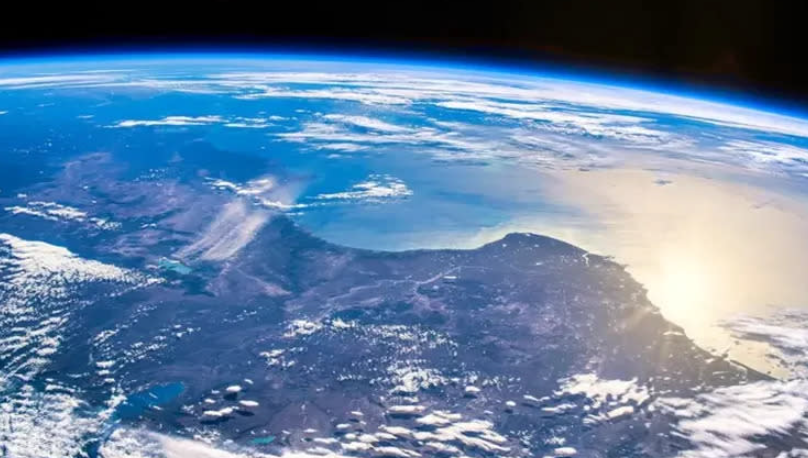
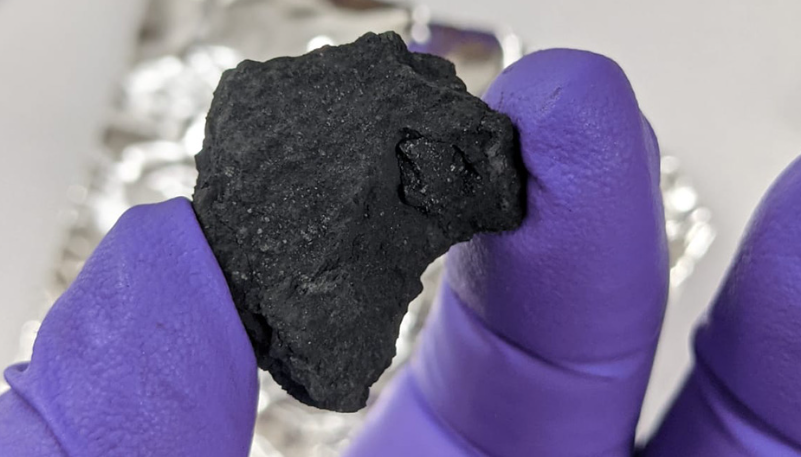
The meteorite is a type of rare carbon-rich rock called a carbonaceous chondrite, the team found. It came from an asteroid near the orbit of Jupiter and started on its way to Earth about 300,000 years ago, a relatively short time for a trip through space, the researchers calculate. Chemical analyzes also revealed that the meteorite is about 11 percent water by weight, with the water locked up in hydrated minerals. Some of the hydrogen in that water is actually deuterium, a heavy form of hydrogen, and the ratio of hydrogen to deuterium in the meteorite is similar to that in Earth’s atmosphere.
The researchers also found amino acids and other organic material in the meteorite pieces; further studies may help determine how those molecules formed on the asteroid from which the meteorite came, and how similar organic material might have reached the early Earth. Future studies are expected to compare samples from the Winchcombe meteorite with samples from the Ryugu and Bennu asteroids, which were collected by spacecraft and sent back to Earth. Those asteroids are closer to Earth than the main asteroid belt, where the Winchcombe meteorite came from, comparing and contrasting the three samples will create a more complete picture of the composition of the early solar system and how it evolved into what we see today.
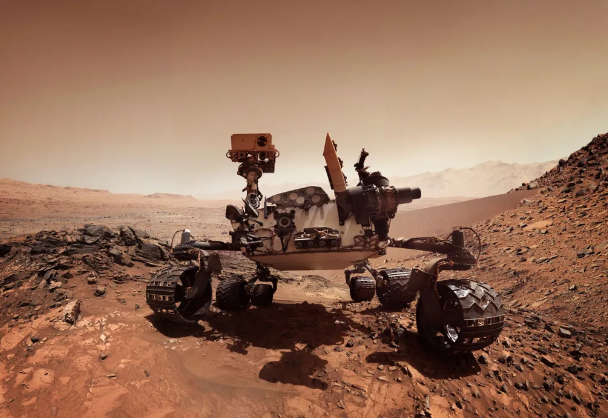
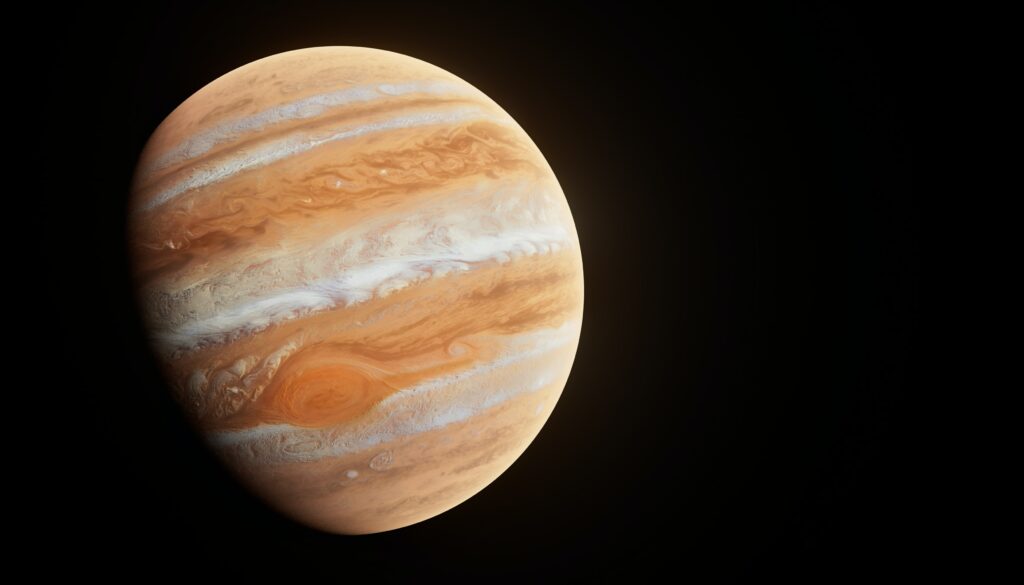
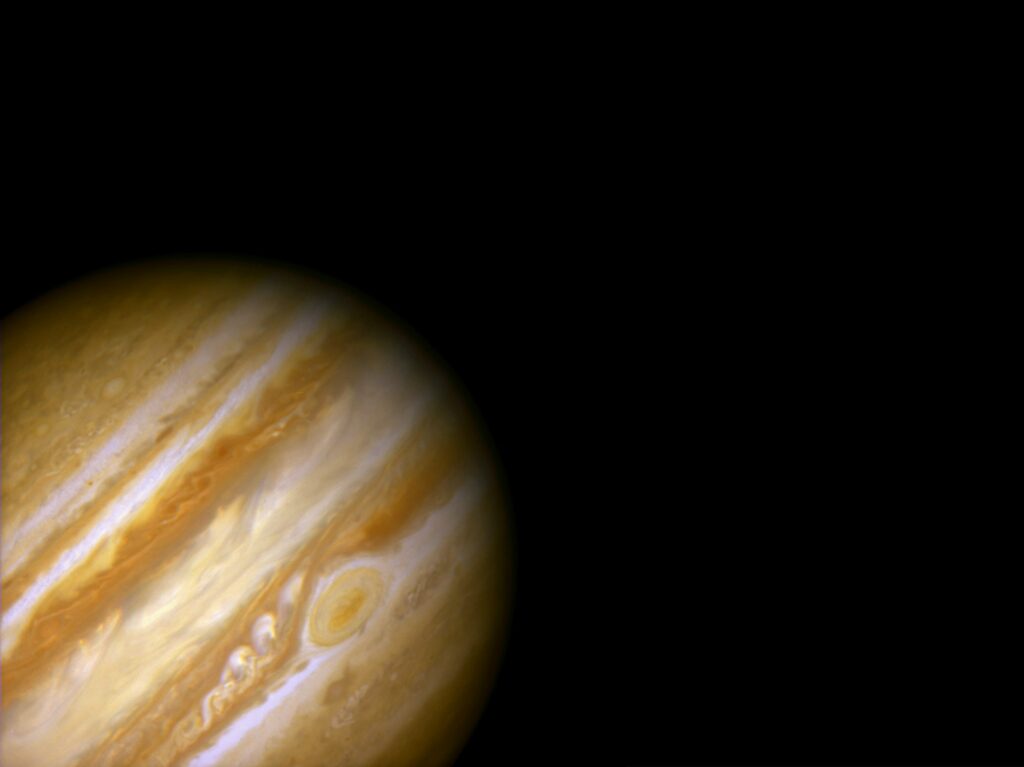
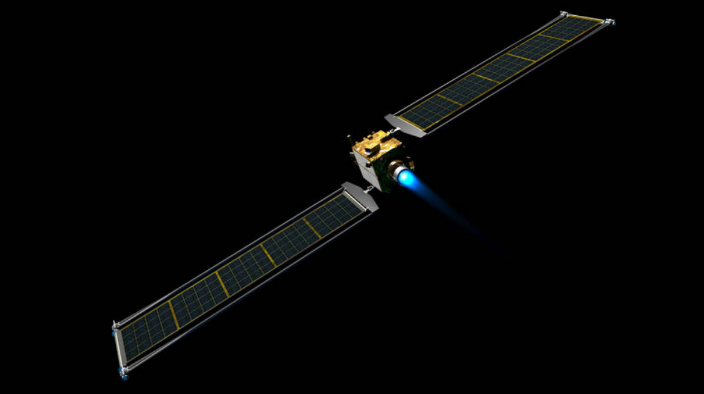
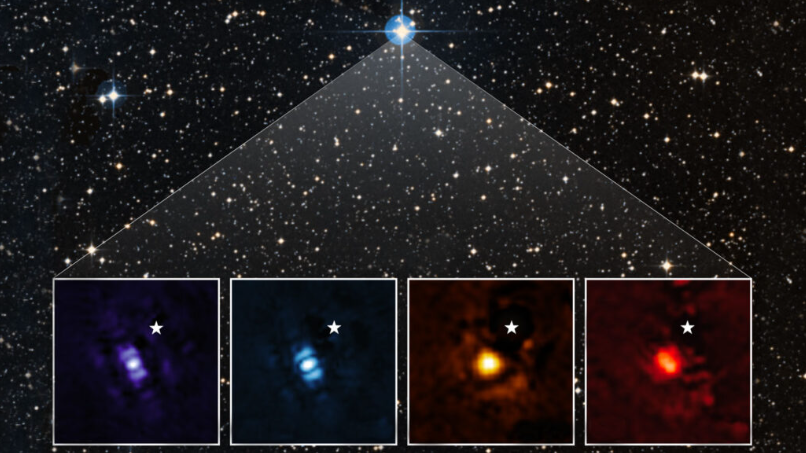
Responses